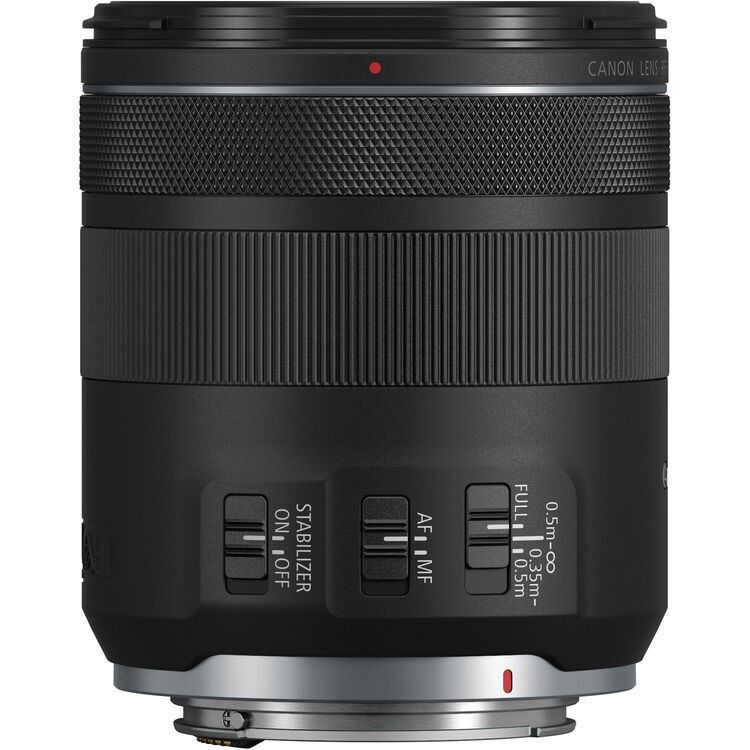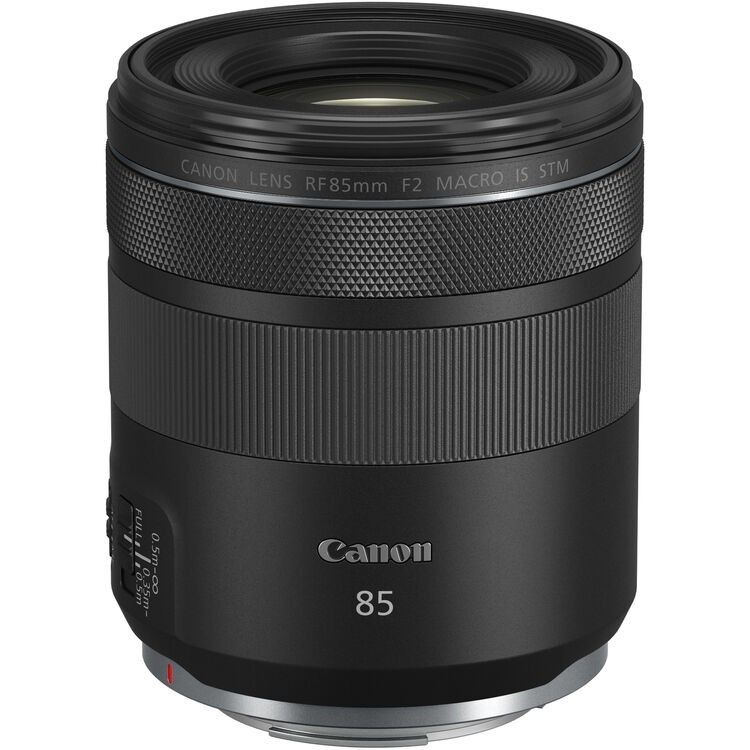Canon Promotion - Lens Reward & Student Cashback

Canon Lens Reward Promotion & Student Cashback
Buy any of the eligible Canon EOS R System cameras to qualify for cashback on a huge selection of Canon RF Lenses. Please visit http://www.canon.co.uk/lens-reward for more information on this promotion. Offer valid from the 1st September 2023 until the 31st August 2024. Students can also claim cashback on selected Canon cameras, lenses and printers with our Student Cashback offer. This offer is valid from the 1st September 2023 until the 31st May 2024.
Product Description
Canon RF 85mm f2 Macro IS STM Lens
Combining a short-telephoto field of view with a sleek design and close-focusing performance, the RF 85mm f2 Macro IS STM is a well-rounded lens for a range of subjects, from portraits to macro subjects. Its close focus design enables working with subject matter as close as 1.15' away with a 1:2 maximum magnification and the STM stepping motor affords impressively quiet and smooth autofocus performance and full-time manual focus override.
Helping to create sharp imagery, the lens also features optical image stabilization, along with Hybrid IS, to suppress up to five stops of camera shake for cleaner, steadier shooting. A UD (Ultra low Dispersion) element is also used in the optical design to minimize aberrations and ensure clarity. Additionally, a configurable Control Ring lets you adjust exposure settings, including ISO, aperture, and exposure compensation, from the lens itself.
Portrait-length prime is designed for use with full-frame Canon RF-mount mirrorless digital cameras.
Modest-but-bright f2 maximum aperture maintains an overall sleek form factor while also benefiting working in available lighting conditions.
Macro design benefits working with close-up subjects and provides a 1:2 maximum magnification along with a minimum focusing distance of 1.15'.
An Optical Image Stabilizer helps to minimize the appearance of camera shake by up to five stops to better enable working in low-light conditions and with slower shutter speeds. Also, a Hybrid IS setting compensates for angular and shift-type camera movements to specifically benefit close-up shooting.
STM stepping motor offers fast, quiet, smooth, and accurate autofocus performance that is ideal for video recording as well as still shooting.
Configurable Control Ring can be used to adjust a variety of exposure settings, including aperture, ISO, and exposure compensation.
Rounded nine-blade diaphragm contributes to a pleasing bokeh quality.
For full specifications click Here






















